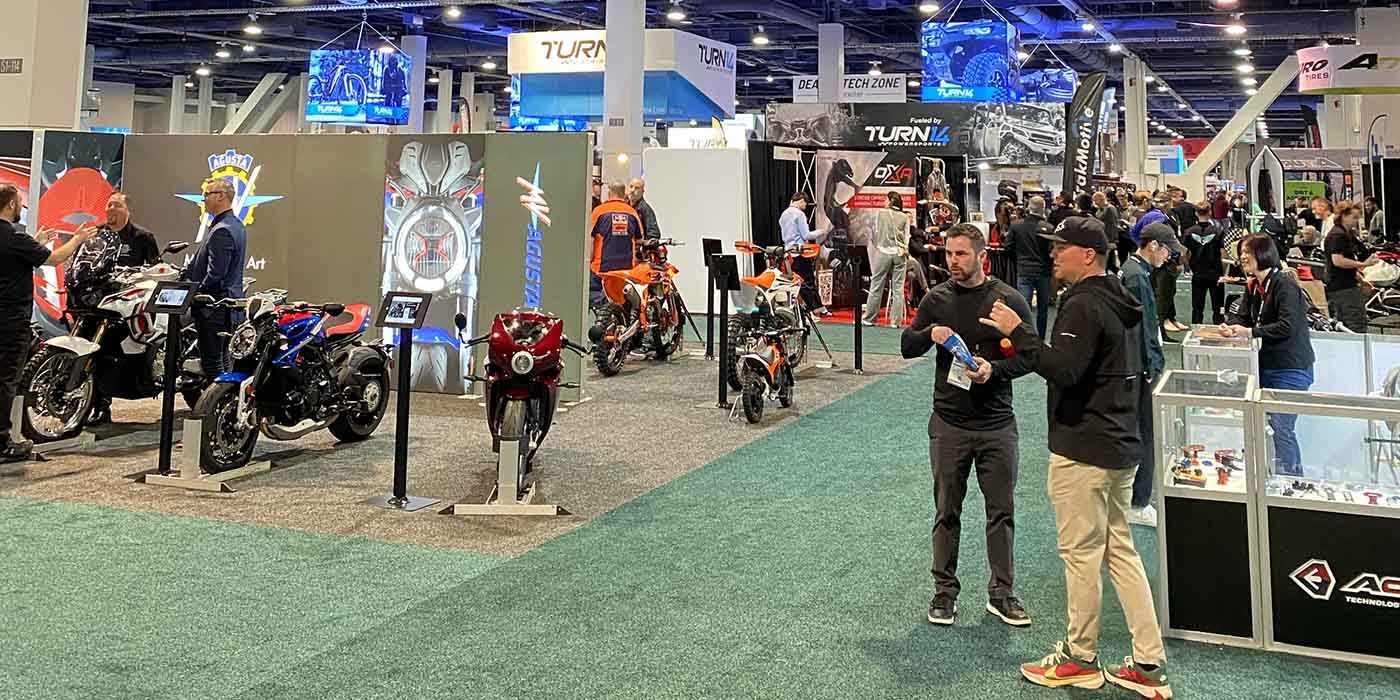When I cover the federal legal regulations with dealers, these two items generate the most discussion because of common misconceptions that surround them. The New Year is as good a time as any to become educated about these issues and avoid the pitfalls that come with not following the law.
1) Red Flag Regulations
When I ask finance managers whether they have a procedure for protecting their dealership and customers from fraud, most answer yes. When I dig deeper and ask what that procedure is, many times I find it’s inconsistent and doesn’t follow the Red Flag Rules. Although they might occasionally perform some anti-fraud protection measures, they don’t have a manual to document fraud protection procedures or have a person who regularly updates the policy.
This is a list of items that must be included in every Red Flag manual:
- Identify all possible Red Flags.
- Implement appropriate detection and response procedures.
- Develop a written identity theft prevention and training program.
- Train appropriate staff on your Red Flag detection and response procedures.
- Review and update your compliance program annually.
Here is a link to the federal sample Red Flag manual. Please keep in mind that this is a sample designed to guide you through making your own. This is not a “ready-to-go” policy to which you can just add your name: http://tinyurl.com/alq2633
If you are a finance manager, you MUST follow the Red Flag Rules. This is part of your job. Not complying with all federal and state laws is one of the most expensive
mistakes a dealership can make.
2) Adverse Action Notice
In January 2011, the Equal Credit Opportunity Act was modified. Here is the information you need to know about the changes:
Who is required to give an Adverse Action Notice?
You are if you “regularly participate in credit decisions” by either setting interest rates or negotiating terms of approval.
When is the notice needed?
It is required to be sent any time that approval is not granted or when approved terms do not match requested terms.
When must the notice be sent out?
If the customer is turned down with no counteroffers, you have 30 days from the date of application to send out the notice. If the bank makes a counteroffer, such as asking for a cosigner or for more money down, you have 90 days from the date of the counteroffer to send out the notice.
What information must be included in the notice?
- A statement that the adverse action has happened.
- The name and address of the creditor.
- An ECOA anti-discrimination notice.
- A statement of why the specific action was taken.
How can the notice be delivered?
It can be handed to them in person, mailed, or sent electronically if you follow the E-sign regulation and obtain permission. From what I have seen, the electronic option is more difficult than most dealers want to tackle.
How long must documentation be kept, and what must be kept?
You must keep a copy of the following documentation for 25 months:
- Credit application.
- A written record of any information used in the credit decision.
- Denial from the bank.
- Credit file.
- Proof of income.
- Any other information gathered.
- A copy of the notice with a record of how it was delivered.
Where can you find more information about this?
See (L) under “Definitions” here: http://bit.ly/1cPPGDi
See requirements here: http://1.usa.gov/1eQAB60
See sample forms here: http://1.usa.gov/1ltzBlY
Steve Dodds II is a moderator, trainer and consultant for Gart Sutton and Associates with experience in every position in the sales and finance departments. Dealers rave about his ability to identify areas for improvement and implement the changes that produce superior results. If you have questions about what he or one of our other talented consultants can do for you, contact us at [email protected].













